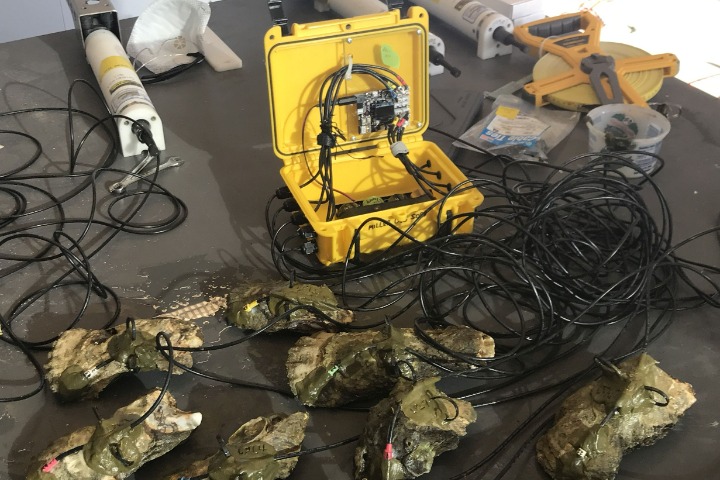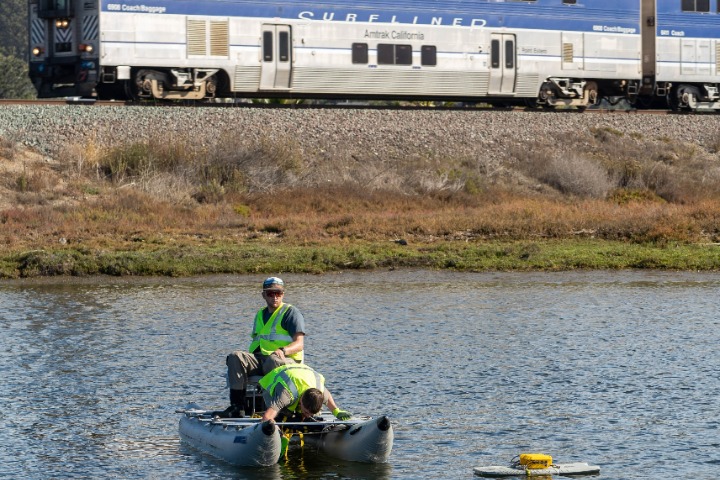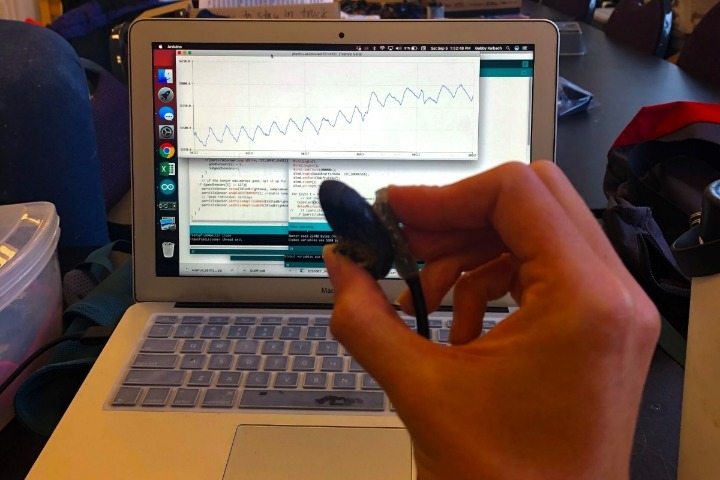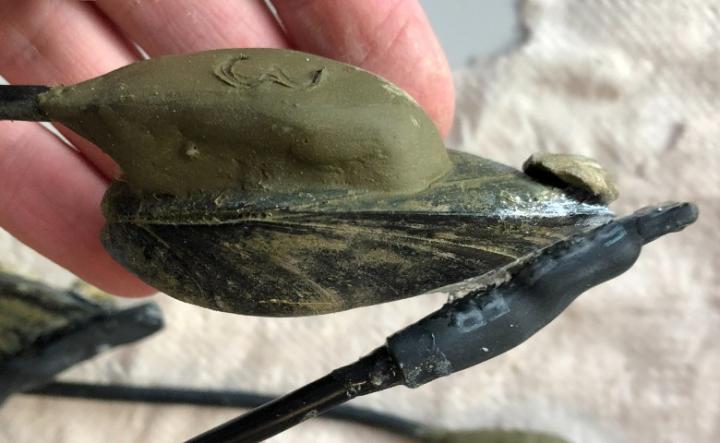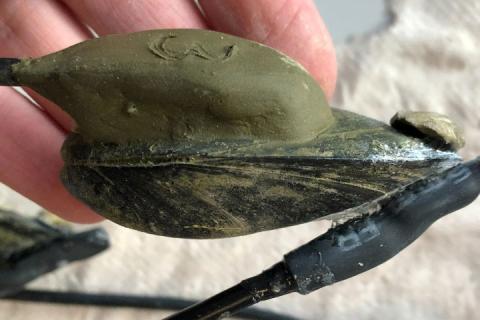
This project will support a direct metric of biotic stress to inform existing decision-making tools related to estuary mouth management actions.
Southern California estuaries are increasing the focus of management decisions around estuary mouth closures, water quality improvement plans, and sewage impact monitoring. Currently, decisions largely use abiotic water quality measurements, such as the water level, dissolved oxygen, and salinity data provided by the long-term NERR System-Wide Monitoring Program. Managers typically are left to infer biotic responses from observed abiotic conditions. Regional partners, including the Tijuana River NERR, California State Parks, and the Coastal Conservancy, have expressed the need to better understand when water quality conditions threaten the biotic community, specifically by using living organisms such as oysters and mussels that serve as indicators, or “biosentinels”. Complementing existing monitoring with biological data provides for real-time feedback about these important members of the estuary community. Including indicators of ecosystem health can help determine how the estuaries respond to environmental variation and human impacts, and inform the timing and necessity of costly management decisions like estuary mouth re-openings.
Through an iterative, co-production process with end users, this team will develop design specifications for a low-cost, open-source, and long-duration biosensor monitoring system. The monitoring system will be able to be coupled with existing data sources to monitor when water quality conditions might threaten the biotic community. The collaborative process with State and local land managers and other wetland and aquaculture professionals will inform project aspects such as the preferred organisms, deployment locations, metrics, and data delivery methods as well as assess the greater management needs related to estuary management, living shorelines, and aquaculture in the region.
Project Lead Luke Miller gives a short introduction to "Habitat Heartbeats: Incorporating Bivalve Biosensors into Estuary Monitoring Infrastructure," a collaborative research project funded in 2021 by the NERRS Science Collaborative.
